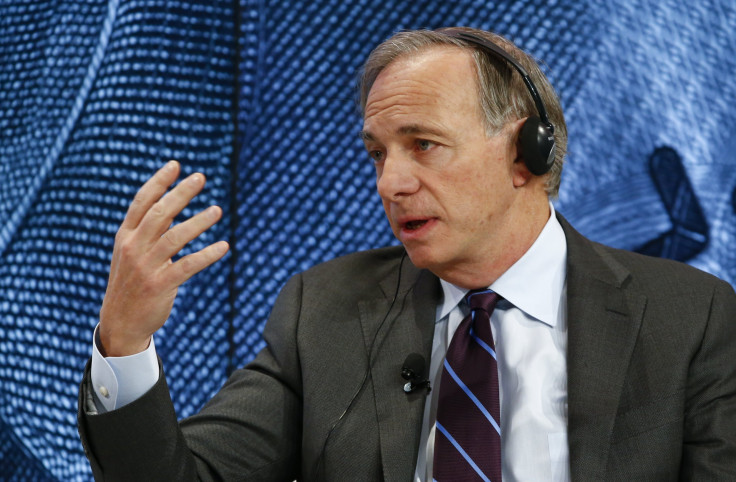Shake-Up In Bridgewater’s Succession Plan; Who Will Succeed Ray Dalio?

Executives in charge of the world’s largest and best-performing hedge fund have abruptly revised the company’s lineage in an unexpected reshuffling of power. The shake-up leaves open the question of who will succeed Bridgewater Associates LP founder Ray Dalio, 66, when he eventually steps down from running the fund’s day-to-day operations.
Greg Jensen, who has lately served in dual roles as co-chief investment officer and co-chief executive at Bridgewater, has long been expected to someday inherit Dalio’s position at the helm of the company. Instead, Jensen recently stepped back from his co-CEO role to focus solely on investments in a move that indicates he may no longer be the obvious pick to inherit the fund’s leadership.
The company has already begun the search for a new co-CEO to serve alongside Eileen Murray, the Financial Times reported. Jensen will continue to be co-chief investment officer with Dalio and Bob Prince. Jensen, 42, has worked at Bridgewater for the past two decades since he started as an intern. Bridgewater manages $154 million in investments and is based in Westport, Connecticut.
The hedge fund is known for embracing conflict and fostering a culture of “radical truth and radical transparency” championed by Dalio. A recent Wall Street Journal story reported that the revision of Jensen’s responsibilities came after Dalio and Jensen had asked fellow employees to vote on one another’s behavior. Dalio reportedly requested a vote on whether Jensen was upholding the company’s definition of “integrity” and Jensen asked if Dalio was following a previously agreed upon succession plan.
Dalio has since called that account “sensationalistic” and Jensen said it was “blown out of proportion” in an interview with Reuters. Both men acknowledge that they have had many disagreements but follow a process for working through them, and say the company is stronger for it.
© Copyright IBTimes 2024. All rights reserved.












